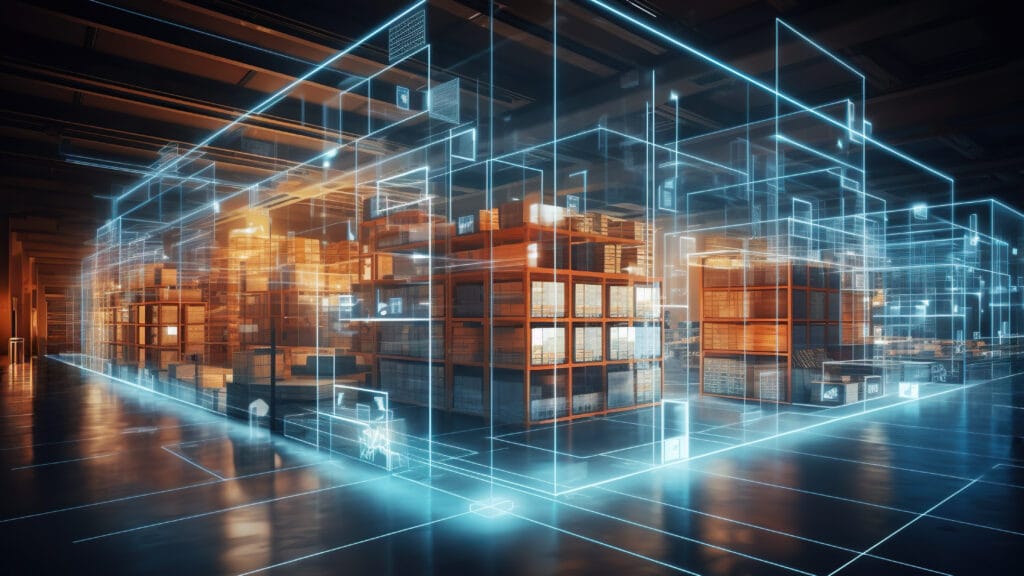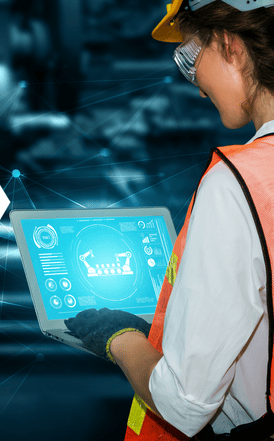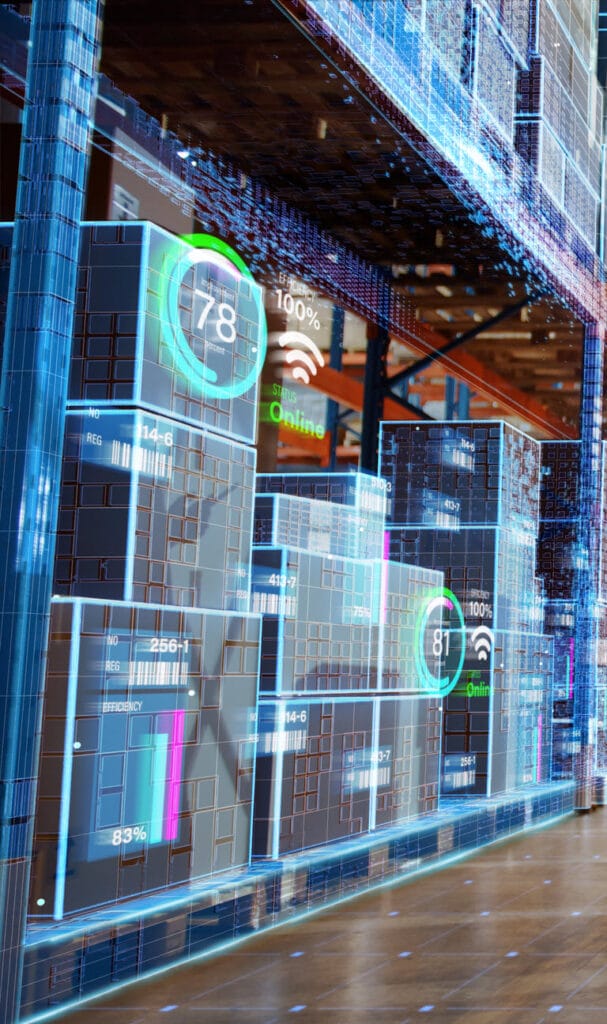Your browser is out of date, for the best web viewing experience visit Browse Happy to upgrade your browser today.

In an era defined by rapid technological advancements, the warehouse of the future has emerged as a beacon of innovation in the logistics and supply chain industry. This visionary concept represents a transformative shift in the way goods are received, put-away, stored, managed, packed, and shipped, promising increased efficiency, accuracy, and flexibility. The warehouse of the future is crucial to meet the growing demands of eCommerce and global supply chains, and at its core, computer vision plays a pivotal role in realizing this future.
In many respects the warehouse of the future is becoming a reality today; with increased consumer demands and industry-wide labor shortages (and high attrition rates) companies are embracing technologies to move, track and process inventory more precisely than ever before.


The warehouse of the future is a highly automated, data-driven, and technologically advanced facility designed to optimize every aspect of the supply chain process. It incorporates cutting-edge technologies such as robotics, artificial intelligence, Internet of Things (IoT), and, most significantly, computer vision. Unlike traditional warehouses, which rely heavily on manual labor, the warehouse of the future minimizes human intervention while maximizing efficiency and accuracy.
The warehouse of the future is essential for various reasons, each contributing to its significant impact on the logistics industry and beyond.
As referenced, computer vision is a fundamental technology that enables the warehouse of the future to function to its fullest. It involves the use of cameras and AI-enabled image processing algorithms from Vimaan to interpret and understand visual information. Here’s how computer vision fits into the warehouse of the future:


Becoming a warehouse of the future is a strategic move that goes beyond operational efficiency; it positions warehouses as industry leaders and can be a compelling factor in attracting and winning new customers. Warehouses designed for the future are inherently scalable and adaptable. The ability to seamlessly integrate new technologies and accommodate changing storage needs ensures that businesses won’t outgrow their logistics partner. This flexibility appeals to customers with dynamic and evolving supply chain requirements. The warehouse of the future is not just a logistics hub; it’s a customer-centric operation. Technologies that provide real-time tracking, personalized experiences, and transparent communication resonate well with businesses that prioritize a positive end-to-end customer journey. Along with the inventory management advantages associated with the warehouse of the future, customers also recognize the long-term cost savings and profit building benefits as well. With surging eCommerce, the ability to fulfill online orders quickly and accurately is paramount. Warehouses of the future, equipped with state-of-the-art automation and optimized processes, have a competitive edge in serving the increasing demands of the e-commerce sector, attracting businesses looking to capitalize on online sales.
The warehouse of the future is a paradigm shift in the logistics and supply chain industry, offering increased efficiency, accuracy, and flexibility. As the demand for faster and more accurate order fulfillment grows, and as labor shortages persist, the importance of these advanced warehouses cannot be overstated. Computer vision is at the heart of this technological transformation, providing the visual perception and intelligence needed to automate processes, improve inventory management, and enhance quality control. The future of warehousing is here, and it relies on computer vision to help us adapt to the evolving demands of a globalized and digitally connected world.